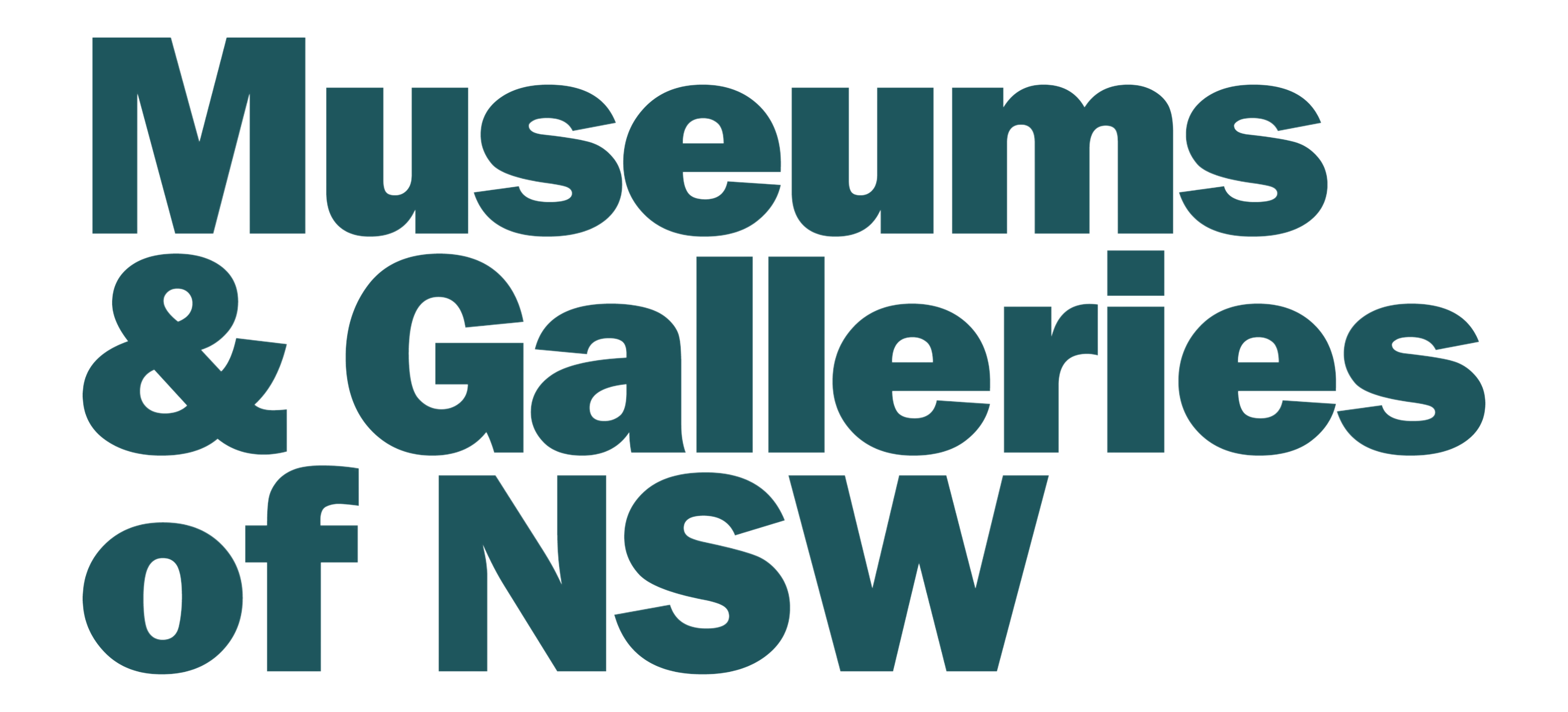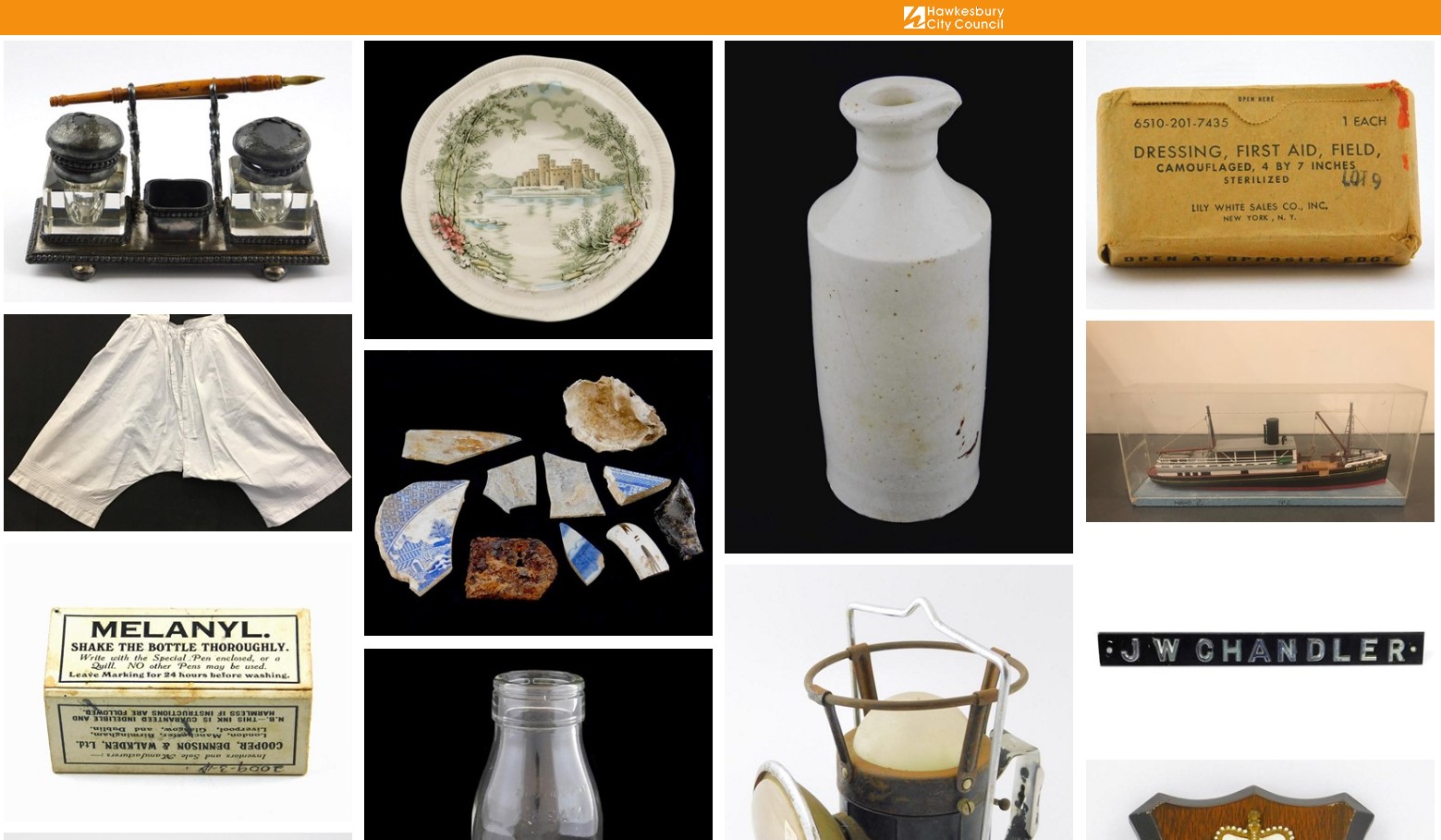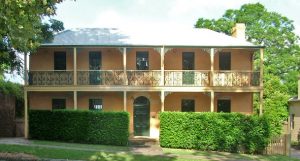The collections of both the Hawkesbury Regional Museum and Hawkesbury Regional Gallery and are now accessible online.
This project was made possible by a State Government grant through the State Library of NSW. The funds were used to upgrade the Hawkesbury Library Service content management system as well as to integrate the Museum, Gallery and the Library’s images catalogues into the same system.
Hawkesbury City Council is one of the first Local Governments in Australia to integrate its cultural collections so that users can search across all collections.
We spoke to Rebecca Turnbull, acting Gallery and Museum Director about the project and its challenges.
Firstly, congratulation to you and all the staff involved with getting your collections online. Would I be right in guessing that the timing of the Covid-19 crises encouraged you to get it online sooner than was planned?
This project was originally going to be finalised and launched in June, however with the current COVID-19 crisis and it was decided to push the project forward to now- April- for a way for the community to keep interacting and engaged with our facilities and collections.
What were the biggest challenges and difficulties in realising the project?
The biggest challenge in realising this project was to accept that projects such as this don’t happen quickly. Any collection cataloguing or digitisation project can take a matter of years not weeks. Especially in a regional museum such as ours where you have to balance out working on the project along with other commitments as well as the day to day operations. In total, we have been working behind the scenes digitising the collection for more than three years and the process of getting it up and running online has taken 18 months.
The other challenge we faced in developing this type of combined catalogue system was finding suitable software for the project so that the Library, Museum and Gallery and Hawkesbury Historical Images catalogues were in the same system. There were no other examples of this type of catalogue to follow and it was the first time the software company AIT had tackled this type of project, so there was plenty of trial and error.
Museum collection cataloguing differs from other areas (such as the Library), so that was also a challenge, however, we have great team and thanks to the combined knowledge of collection management practices and IT, Hawkesbury City Council is one now of the first Local Governments in Australia to integrate its cultural collections so that people can search across all collections if they wish to do so.
What percentage of the overall collections from each of your collections has now been digitised and or documented, and do you have a target for when you might like to complete the project?
I support and advocate for the importance of all museums to document and digitise their collection, big or small. So, in saying that 100% of our Museum collection is now completely documented and digitised. Around 80% of that is currently accessible online with around 100-200 more records being added each week. We should reach our completed target within the next three months.
All of the Hawkesbury Regional Gallery’s collection of artworks are digitised and online as well as over 30 000 images from the Library’s Hawkesbury Historical images.
What advice would you give to other museums and galleries considering publishing their collections online?
If the idea of digitising or even documenting your whole collection seems completely overwhelming, start by undertaking it in planned stages. That way you will be breaking it down into sections and it will become a lot less overwhelming and much more achievable. This could be done by museum areas, object classifications or even themes.
Find the best content management system that suits your collection and your organisation. Think about who will be using it? What training will you need? What do you ultimately want to achieve from it? Can you effectively upload or transfer information to the online platform? Research the different options and receive advice.
Digitisation and publishing of museum collections online is something that is fundamental for every museum or collecting organisation, and if not, already it needs to be addressed in your organisations forward planning.
Digitisation is already influencing the very definition of what a museum is and how people engage with museums and collections. This has recently become more evident during the current pandemic and social distancing laws.
There is probably no-one who would argue that a visitors experience and interpretation of an object online has the same aesthetic or emotional value as seeing the real thing! Rather, technology is allowing us to enhance the experience and reach a wider audience.
Resource
Crystal Clear: standards and guidance for digitising regional collections







